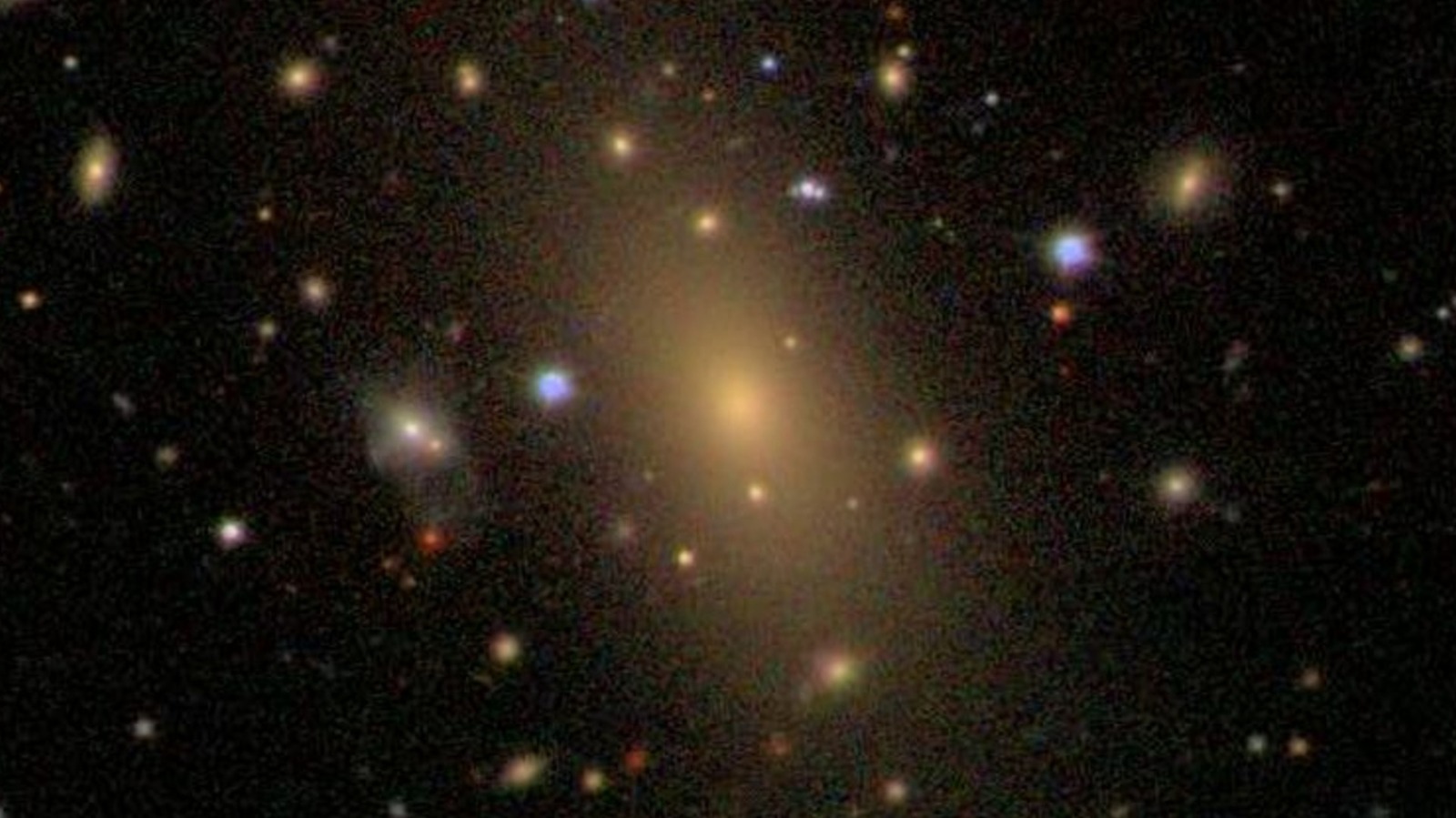 The National Aeronautics and Space Administration (NASA) regularly captures stunning images of our universe, leaving space enthusiasts in awe. NASA’s social media accounts are a goldmine for those who enjoy watching educational videos and captivating images showcasing Earth and space. Recently, NASA’s James Webb Telescope shared images of outer space featuring “mind-blowing” spiral galaxies near the Milky Way.
The National Aeronautics and Space Administration (NASA) regularly captures stunning images of our universe, leaving space enthusiasts in awe. NASA’s social media accounts are a goldmine for those who enjoy watching educational videos and captivating images showcasing Earth and space. Recently, NASA’s James Webb Telescope shared images of outer space featuring “mind-blowing” spiral galaxies near the Milky Way. The scientists working on the Physics at High Angular resolution in Nearby GalaxieS (PHANGS) project, covering several significant astronomical observatories, released the photos to the public. The images of spiral galaxies, resembling giant, radiant pinwheels, offered a more detailed insight into star formation as well as the structure and evolution of the galaxies. Janice Lee, the project scientist for strategic initiatives at the Space Telescope Science Institute in Baltimore, expressed, “The JWST’s new images are extraordinary. They’re mind-blowing even for researchers who have studied these same galaxies for decades. Bubbles and filaments are resolved down to the smallest scales ever observed and tell a story about the star formation cycle.”The JWST’s Mid-Infrared Instrument (MIRI) captured the photos, displaying bright orange dust lanes. Additionally, the same instrument recorded stars that are still forming and accumulating mass within their gas and dust envelopes, resembling red “seeds” on the peaks of dust lanes.
The scientists working on the Physics at High Angular resolution in Nearby GalaxieS (PHANGS) project, covering several significant astronomical observatories, released the photos to the public. The images of spiral galaxies, resembling giant, radiant pinwheels, offered a more detailed insight into star formation as well as the structure and evolution of the galaxies. Janice Lee, the project scientist for strategic initiatives at the Space Telescope Science Institute in Baltimore, expressed, “The JWST’s new images are extraordinary. They’re mind-blowing even for researchers who have studied these same galaxies for decades. Bubbles and filaments are resolved down to the smallest scales ever observed and tell a story about the star formation cycle.”The JWST’s Mid-Infrared Instrument (MIRI) captured the photos, displaying bright orange dust lanes. Additionally, the same instrument recorded stars that are still forming and accumulating mass within their gas and dust envelopes, resembling red “seeds” on the peaks of dust lanes. The closest galaxy captured in the images is approximately 15 million light-years from Earth, while the farthest distant galaxy is about 60 million light-years away. These 19 spiral galaxy photos seem to suggest that galaxies expand from the inside out, indicating that star formation commences at the galaxy’s core and extends outward through its spiral arms. This implies that stars farther from the galaxy’s core are more likely to be relatively young, with older stars primarily concentrated near the centers of galaxies.
The closest galaxy captured in the images is approximately 15 million light-years from Earth, while the farthest distant galaxy is about 60 million light-years away. These 19 spiral galaxy photos seem to suggest that galaxies expand from the inside out, indicating that star formation commences at the galaxy’s core and extends outward through its spiral arms. This implies that stars farther from the galaxy’s core are more likely to be relatively young, with older stars primarily concentrated near the centers of galaxies.  “The images are not only aesthetically stunning, they also tell a story about the cycle of star formation and feedback, which is the energy and momentum released by young stars into the space between stars. It actually looks like there was explosive activity and clearing of the dust and gas on both cluster and kiloparsec (roughly 3,000 light years) scales,” said Ms. Lee. She further explained, “The dynamic process of the overall star formation cycle becomes evident and qualitatively understandable, even for the public, which makes the images engaging on various levels.”
“The images are not only aesthetically stunning, they also tell a story about the cycle of star formation and feedback, which is the energy and momentum released by young stars into the space between stars. It actually looks like there was explosive activity and clearing of the dust and gas on both cluster and kiloparsec (roughly 3,000 light years) scales,” said Ms. Lee. She further explained, “The dynamic process of the overall star formation cycle becomes evident and qualitatively understandable, even for the public, which makes the images engaging on various levels.”
Amazing Pictures of 19 Spiral Galaxies Captured by James Webb Telescope




:max_bytes(150000):strip_icc()/GettyImages-2236196353-39d01839dc3a44e99044c8a1a6247db7.jpg)








